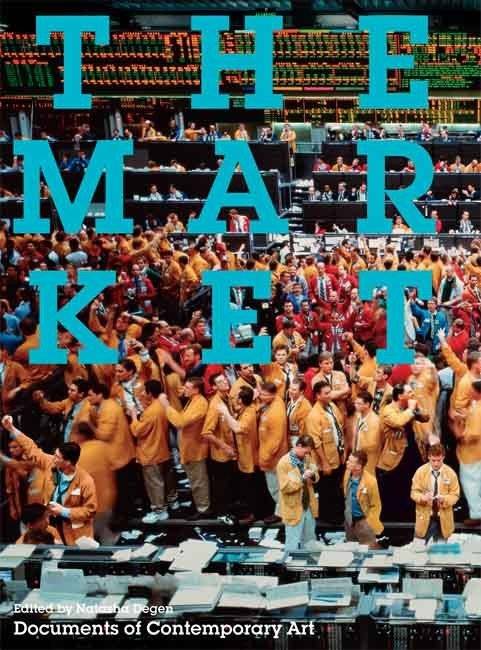The sway of transnational markets over all aspects of contemporary culture has transformed the environment of recent art, blurring the previously discrete realms of price and value, capital and creativity. Artists in turn have responded, not only critically but imaginatively, to the many issues this raises, such as the treatment of artworks as analogous to capital goods, the assertion that art's value is best measured by the market, or the notion that art and money share an internal logic. Critical artists have investigated the market's pressures on creative democracy, its ubiquity, vulgarity and fetishizing force, while others have embraced the creative possibilities it offers. And for a decade curators and theorists have speculated on the implications of this new symbiosis between art and money, cultural and economic value. Drawing on a wide range of interdisciplinary sources, in dialogue with artists' writings, this anthology traces the historic origins of these debates in different versions of modernism and surveys the relationship between art, value and price; the evolution and influence of patronage; the actors and institutions of the art market; and the diversity of artistic practices that either criticize or embrace the conditions of the contemporary market.
- / Автор статьи
- / Автор статьи
- / Автор статьи
- / Автор статьи
